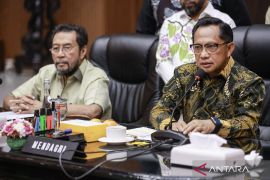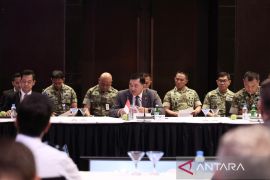"Of our 3,447 museum exhibits, 200 are in seriously and 500 others in lightly damaged condition," Sukardi said in Jayapura on Saturday.
He said most of the museum`s exhibits consisted of organic materials and the damage to hundreds of them had happened because he as the curator did not have enough funds to maintain them properly.
"Most of the organic material exhibits were damaged by termites," he said.
Sukardi, who participated in work to restore the Borobudur temple in Central Java in the 1980s, said he had many times asked for a greater budget for maintenance purposes through Papua`s provincial culture and tourism office but so far there had been no serious response.
Therefore, the thousands of exhibits at the museum which was inaugurated by Culture and Tourism Minister Fuad Hasan in the 1990s, were now being maintained in simple or low-cost ways.
"We now only do maintenance work in simple ways because our budget falls short of what is appropriate," he said.
The lack of funds for maintenance had happened since the class-A museum came under the purview of Jayapura district`s culture and tourism office in 2000.
"When the museum was supervised by the National Museum Organization or central government, we used to receive a maintenance budget of Rp50,000 per exhibit but this was stopped after the Jayapura district`s culture and tourism office took over," he said.
Damage to the hundreds of museum pieces was also caused by the high humidity level of the air in the area where the museum was located and the fact that the building was adjacent to a public transport sub-station on its right and front sides.
"The inadequate budget for meintenance, the high air humidity level, the sticky dust produced by the mass transportation vehicles at the sub-station, all contributed to the deterioriation of the conditions of the museum exhibits," he said.
"We hope the provincial and district administrations will eventually pay more attention to our problem. If the damage suffered by the hundreds of museum pieces is not repaired or allowed to continue, they will eventually be lost, yet they are objects representing Papuans` identity and history," he added.(*)
Editor: Aditia Maruli Radja
Copyright © ANTARA 2011











